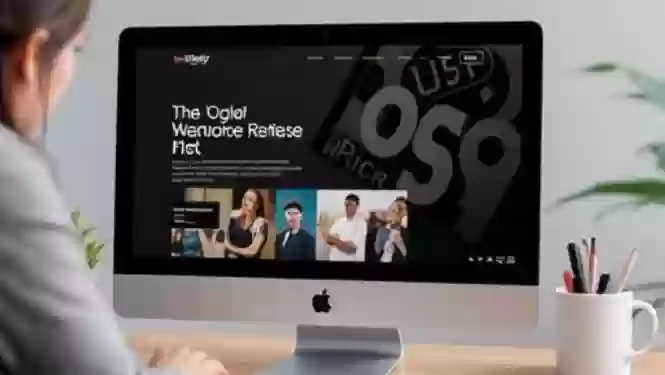1. Structuring Your Portfolio Website
- Audience Segment: Target your audience by deciding whom you want to reach. It can be entrepreneurs, clients, potential, or collaborators.
- Feature Projects: Include your web development course projects to showcase technical skills. Add projects highlighting your abilities, creativity, and range.
- Design Concept: Provide project designs that reflect your style in the work. Whether vibrant or minimalist, make sure your design is user-friendly and clean.
2. Organize the Structure of Your Portfolio Site
Home page:
- Introduce yourself with a professional bio and photo
- Briefly explain your role and the services offered by you
About me page:
- Share your Web Development Course Projects that you have worked on your experience and expertise.
- Showcase your major accomplishments and areas of specialization, like front-end or full-stack development.
Project Page:
- Represent your web development skills by showcasing your best projects. Include every necessary piece of information.
Contact Page :
- Provide easy contact options for visitors
- Include an email address, contact form, and links to social media profiles like LinkedIn and GitHub
3. Selecting the Right Tools for Creating Your Portfolio
- HTML, CSS, JavaScript: Use these to structure and design your website.
- Use React/Vue.js if you’re focusing on front-end development, these frameworks can add interactivity.
- For back-end integration use Node.js.
- Utilize GitHub for version control and to showcase your code.
4. Emphasize Design and Development Fundamentals
- Focus on UX to ensure easy navigation, quick loading times, and clarity in the layout. A great UX reflects your skills as a web developer.
- Enhance responsiveness to make your website mobile-friendly. Ensure it works smoothly across all devices.
- Ensure minimalism and clarity to avoid clutter. Focus on simplicity and ensure your key projects are easy to find and navigate.
5. Add Personal Touches to Make Your Portfolio Stand Out
- Distinctive Branding: Consider creating a logo or any other personalized design elements that resonate with your style.
- Subtle Animations: Use seamless transitions and animations to showcase your front-end skills, but keep it minimal to maintain usability.
- Interactive Features: Add interactive elements to impress visitors and potential employers.
Enroll Now To Build The Best Portfolio
Building a portfolio website during your web development course is a great way to showcase your skills. With PFSkillBuilders, learn to Create Personal Website and Build Web Developer Portfolio. You also get access to valuable resources and expert guidance to create an exceptional portfolio showcase Web Development Skills and abilities, ultimately setting you apart from the crowd.

Comments